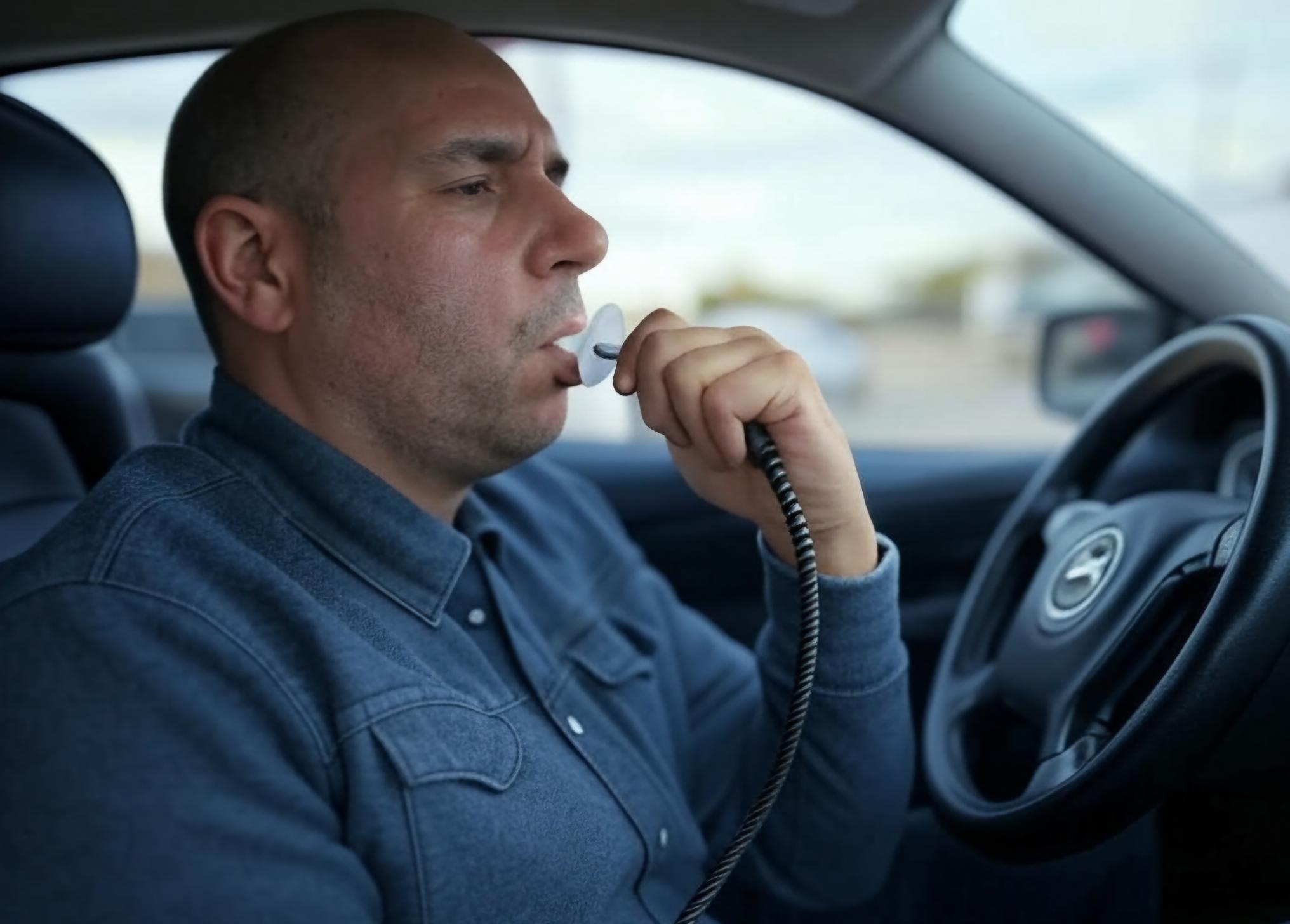 In Illinois, individuals convicted of driving under the influence (DUI) often face strict penalties, including the requirement to install a Breath Alcohol Ignition Interlock Device (BAIID) in their vehicles. For some offenders, this requirement can last up to five years. If you’re navigating the complexities of reinstating your driver’s license after a DUI, understanding the state’s 5-year BAIID law is crucial. Let’s break it down.
In Illinois, individuals convicted of driving under the influence (DUI) often face strict penalties, including the requirement to install a Breath Alcohol Ignition Interlock Device (BAIID) in their vehicles. For some offenders, this requirement can last up to five years. If you’re navigating the complexities of reinstating your driver’s license after a DUI, understanding the state’s 5-year BAIID law is crucial. Let’s break it down.
What Is a BAIID?
A Breath Alcohol Ignition Interlock Device is a tool designed to prevent drunk driving. Installed in a vehicle, it requires the driver to blow into a mouthpiece before the engine can start. If the device detects a blood alcohol concentration (BAC) above a predetermined limit—typically 0.025 in Illinois—the vehicle won’t start. The BAIID also logs data, such as breath test results and any attempts to tamper with it, which is monitored by the state.
Who Is Subject to the 5-Year BAIID Requirement?
Under Illinois law, the 5-year BAIID mandate applies to individuals with multiple DUI convictions or those whose driving privileges have been revoked due to serious alcohol-related offenses. Specifically, this requirement kicks in for drivers seeking a Restricted Driving Permit (RDP) after their license has been revoked. The Illinois Secretary of State’s office imposes this as part of the reinstatement process to ensure public safety and compliance with sobriety standards.
For example, if you’ve had two or more DUI convictions, or if your license was revoked due to a DUI-related incident like a fatal crash, you may need to use a BAIID for five years before full driving privileges can be restored. This applies even if you’re eligible for an RDP, which allows limited driving for work, medical needs, or other approved purposes.
How Does the 5-Year Period Work?
The clock on the 5-year BAIID requirement starts once you’re issued an RDP. During this time, you must:
- Install the BAIID on any vehicle you operate.
- Pass regular breath tests to start and continue driving.
- Avoid violations, such as failed tests or attempts to bypass the device.
The device’s data is reviewed periodically by the Secretary of State’s office. Any infractions—like a BAC reading above the limit or skipping a rolling retest (a random test while driving)—can reset your 5-year timeline or lead to further penalties. After successfully completing the 5-year period without violations, you may become eligible to apply for full license reinstatement, though additional requirements (like a hearing) might still apply.
Why the 5-Year Rule Exists
Illinois implemented the BAIID requirement to reduce repeat DUI offenses and enhance road safety. Studies show that ignition interlock devices can significantly lower recidivism rates among DUI offenders. By mandating a 5-year period for high-risk drivers, the state aims to enforce accountability and encourage long-term behavioral changes.
Navigating the Process
Complying with the 5-year BAIID law can feel overwhelming, especially when paired with other reinstatement hurdles like court fees, treatment programs, or administrative hearings. Missing a step or misunderstanding the rules could delay your ability to drive legally. That’s where experienced legal guidance can make a difference. A knowledgeable attorney can help you:
- Determine if you qualify for an RDP.
- Ensure proper BAIID installation and compliance.
- Address violations or appeals if issues arise.
Final Thoughts
The 5-year BAIID requirement is a serious commitment, but it’s also a pathway to regaining your driving privileges after a DUI. By staying informed and following the rules, you can work toward a future with a fully reinstated license. If you’re facing this situation, don’t hesitate to seek professional advice to streamline the process and avoid setbacks.

